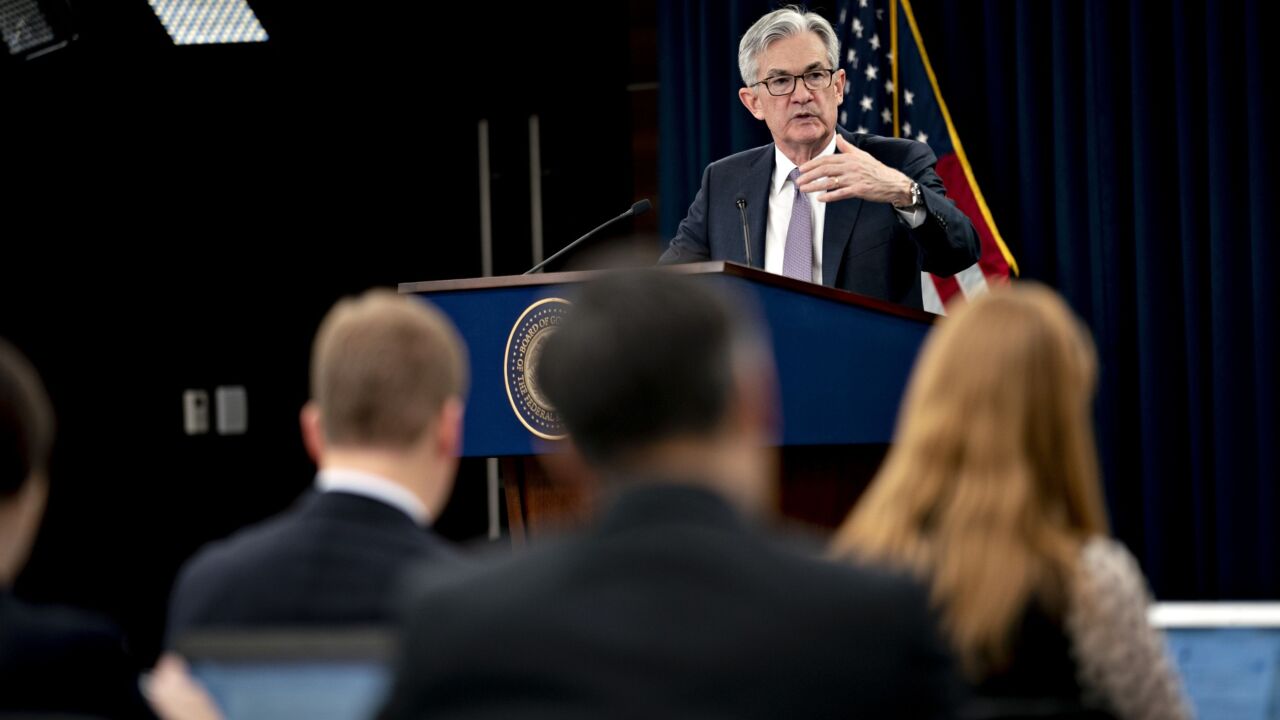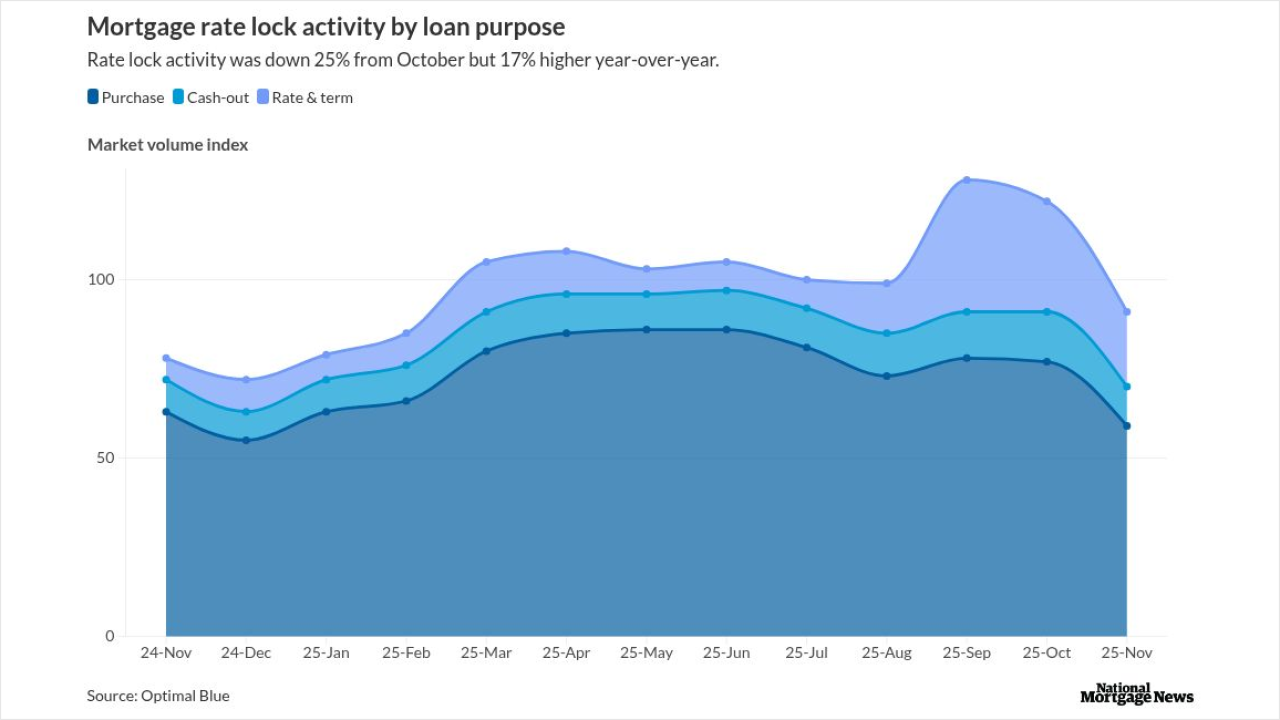Liability management exercises (LMEs) may have become less disparate in their treatment of lenders on the surface, but as their structures have become more complex, collateralized loan obligation (CLO) managers and other lenders may find themselves pushed into precarious positions.
Over the last several years, leveraged borrowers have often worked with a bare majority of lenders to structure LMEs such that those lenders captured most of the company's value in the event of default. That disparity among lenders appeared to lessen significantly in LMEs starting in early 2024 and into this year.
So called "non-pro rata" deals are on the rise again, however, and borrowers and their largest lenders are taking advantage of multi-tier LME structures and arguably coercive tactics to pressure smaller lenders.
There's an aspect of, 'Here's [an] offer you can't refuse.'
Octus tracked more non-pro rata LMEs in Q2 2025 than the first quarter, said Jared Muroff, head of stressed/distressed research at the credit intelligence and data provider. Larger lenders, especially those tied to private-equity sponsors, Muroff added, are the ones making key decisions.
"The trend is clear: In this market, it's not what you know, it's who you know," Muroff said. "Large creditors are finding ways to gain an advantage, and smaller lenders are left with little say in the outcome."
David Coon, a partner at Selendy Gay, said that LMEs no longer transfer tremendous company value to only 51% of lenders, leaving all others in the cold and prompting the slew of litigation that has emerged. They are, however, increasingly structured in multiple layers, as many as six or seven, with only a small number of lenders in the top, most beneficial layer. Upwards of 90% of lenders may participate in the next layers, often as a "consolation prize" for not ending up in the worst layer but in exchange for giving up rights to challenge the transaction.
"There's an aspect of, 'Here's [an] offer you can't refuse,'" Coon said. "Either you take this poor offer or you're left out entirely."
Coon said that the tiered offerings in most LMEs today often leave too few lenders in the worst tiers to muster the resources to pursue further negotiations or litigation.
"Some CLO managers, especially those tied to larger asset managers with deeper pockets and market relationships, may be better positioned to participate in these transactions, while many others are effectively shut out," said Adelene Lee, executive editor at Octus. "For CLO lenders that are left out, their recoveries in liability management transactions are likely to be severely impacted and differ substantially from lenders in the 'inside' group."
Selendy Gay represented a small group of disadvantaged lenders who contested their rights in the Better Health LME at the end of last year, and it is representing similar groups in ongoing litigation surrounding the Lionsgate and STG Logistics LMEs. Coon said that companies, sponsors and their "steerco" lenders are using aggressive tactics to isolate and control smaller lenders. One tactic is to entice them to sign nondisclosure agreements as if to participate in negotiations that ultimately prevent them from banding together with other disfavored lenders later on.
Offering a consolation prize
A second tactic threatens interest-rate payments to lower tier lenders by amending credit documents to allow the borrower to extend the grace period on making those payments on the original loan until its maturity. As a result, a lender can accept a consolation-prize exchange offer and remain entitled to regularly scheduled payments, in a subordinated position with a big haircut, or it can challenge the LME through litigation, or it can simply keep the old loan and hope the company survives to maturity, with the understanding that interest payments may end.
"That's coercive for lenders, especially CLOs, who really depend on predictable interest payments," Coon said.
He added that a ruling on the defendants' motions to dismiss the STG Logistics case should arrive relatively soon, providing some preliminary insight into the permissibility of this tactic.
A third tactic
In a third tactic his firm has seen, Coon said, credit agreements are being amended in LMEs to exclude language that indemnifies lenders for any losses, claims, or liabilities, as well as legal fees to enforce the credit agreement. . That language enabled lenders to challenge their treatment. Now, the credit agreements may even require lenders whose litigation is unsuccessful to indemnify borrowers for legal fees.
"It's really an effort to scare lenders away from enforcing their rights," Coon said. "It all goes hand in hand with these other tactics, to make lenders feel that if they don't accept the consolation prize package, the company can make life really ugly for them."




